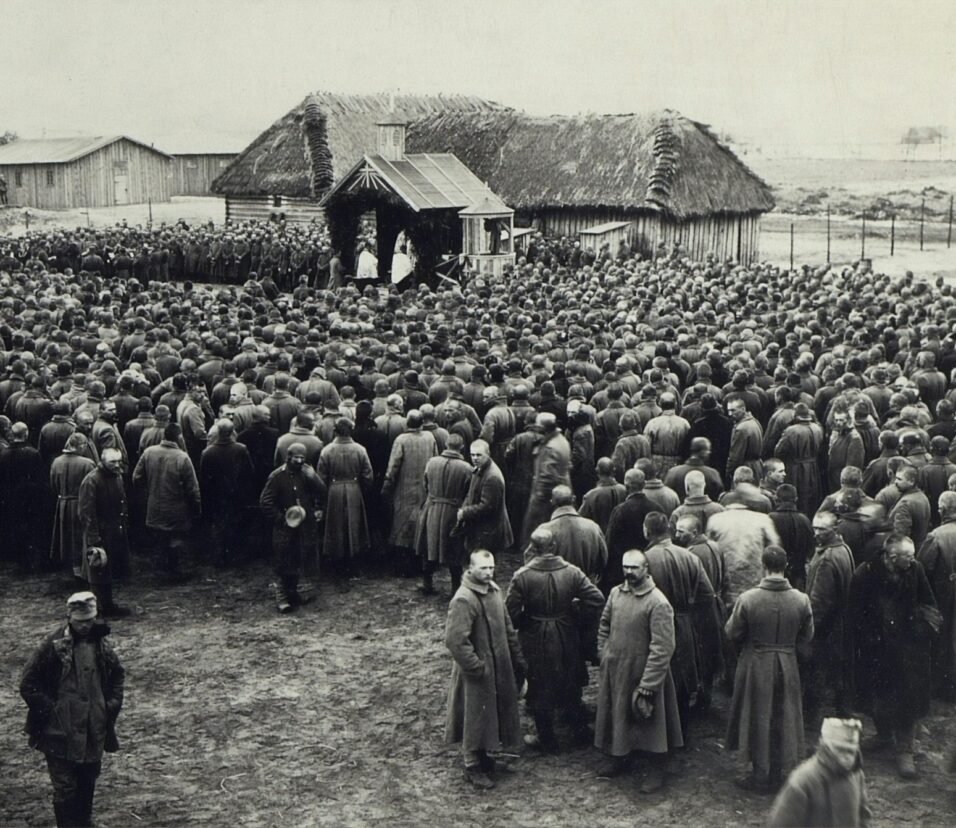The Black Lives Matter Movement
Introduction:
The Black Lives Matter (BLM) movement has become a defining moment of the 21st century, prompting an international reflection on systemic racism, police brutality, and social inequality. To understand the weight and depth of the movement, it’s essential to explore its origins, goals, and the broader context in which it exists.
The Seed of Dissent:
Every movement has its flashpoint. For BLM, it was the tragic death of Trayvon Martin, a young Black teenager, shot dead in 2012. Although Trayvon’s killer was put on trial, the subsequent acquittal was a chilling reminder of many of the injustices that Black communities face. Fueled by frustration, Alicia Garza, Patrisse Cullors, and Opal Tometi coined “Black Lives Matter.” Thus, a new era of civil rights advocacy was born.
A Movement, Not a Moment:
It would be inaccurate to say that BLM emerged in isolation. Instead, it stood on the shoulders of past civil rights struggles, including the efforts of Martin Luther King Jr., Malcolm X, and the broader Civil Rights Movement of the 1960s. BLM brought to the forefront the systemic nature of racism, especially against Black communities, touching on various aspects:
- Police Brutality: Cases like Michael Brown, Eric Garner, and Freddie Gray highlighted the extreme and often fatal force exerted on Black individuals.
- Economic Inequality: The BLM movement has illuminated the economic disparities that disproportionately affect Black communities, from housing discrimination to job opportunities.
- Racial Profiling: The inherent bias in police stops, often leading to needless escalations and arrests, was brought to the limelight.
The Global Reverberations:
Following George Floyd’s shocking death in May 2020, the BLM protests became an international phenomenon. Demonstrations spread across Europe, Asia, Africa, and Australia, transcending cultural and linguistic barriers. The global outcry underscored a shared human desire for equality, revealing systemic racism’s universal presence.
Key Achievements:
The momentum gathered by BLM led to tangible changes:
- Policy Revisions: Numerous U.S. states and cities are overhauling police practices, introducing measures to increase transparency, accountability, and community engagement.
- Monument Reckoning: The contentious debate around Confederate statues or symbols of oppression saw many of them being toppled or officially removed.
- Cultural Impact: BLM compelled institutions, from educational establishments to corporations, to address inherent biases, leading to a more inclusive society.
Facing the Backlash:
No movement of this magnitude can exist without opposition. BLM has often been misrepresented and criticized. Some detractors argue that it promotes division, while others misinterpret the slogan to mean that other lives don’t matter. The movement has faced challenges from political figures and sometimes, violent counter-protesters. However, this backlash often underscores the importance and necessity of BLM’s message.
The Way Forward:
As the BLM movement evolves, its leaders and proponents continually strategize for the future. Central to this is grassroots organizing and local involvement. By influencing local policy, instigating community outreach, and ensuring continued dialogue on race, BLM aims for intersectionality and BLM:
The BLM movement’s strength lies in its recognition of intersectionality – the interconnectedness of race, class, gender, and other identity markers and how these intersections contribute to unique modes of discrimination. This has led BLM to advocate for:
- Trans Rights: Emphasizing the vulnerabilities of Black transgender individuals, particularly in the face of police violence.
- Women’s Rights: Highlighting issues like the wage gap and reproductive rights as they disproportionately affect Black women.
- LGBTQIA Rights: Recognizing the unique challenges faced by Black members of the LGBTQIA community.
The Role of Social Media:
The digital age and social media platforms like Twitter, Instagram, and Facebook have been instrumental in BLM’s spread. These platforms allowed real-time dissemination of information, enabling grassroots organizing and facilitating global solidarity. Viral videos and hashtags became powerful tools in mobilizing the masses and drawing attention to injustices that might have otherwise gone unnoticed.
Artistic Expressions and BLM:
From music to visual arts, the movement has inspired countless artists. Songs echoing the sentiments of BLM have climbed charts, murals dedicated to the movement have adorned city walls worldwide, and literature reflecting the Black experience in modern America has been spotlighted. This art not only captures the pain and aspirations of the movement but also archives this moment in history for future generations.
Economic Impact and BLM:
The movement has also brought attention to the economic challenges facing Black communities:
- Supporting Black Businesses: There has been a renewed emphasis on the importance of supporting Black-owned businesses to stimulate economic growth within the community.
- Redlining and Housing: The practice of redlining, which has historically disadvantaged Black communities in housing, has been brought back into the public discourse, leading to demands for more equitable housing policies.
Education and BLM:
In educational institutions, there’s a push to revisit curricula, emphasizing Black history, contributions, and the harsh realities of systemic racism. Moreover, there are calls for more inclusive and diverse environments within educational settings, from primary schools to universities.
Conclusion:
The Black Lives Matter movement is a beacon of hope and a call for change. As with any significant societal shift, it’s met with both immense support and challenging opposition. Yet, history has shown us that change, though often slow and met with resistance, is inevitable when fueled by justice and unity. Through continued dialogue, advocacy, and action, BLM aspires to rewrite history, ensuring a fairer and more just world for all.







